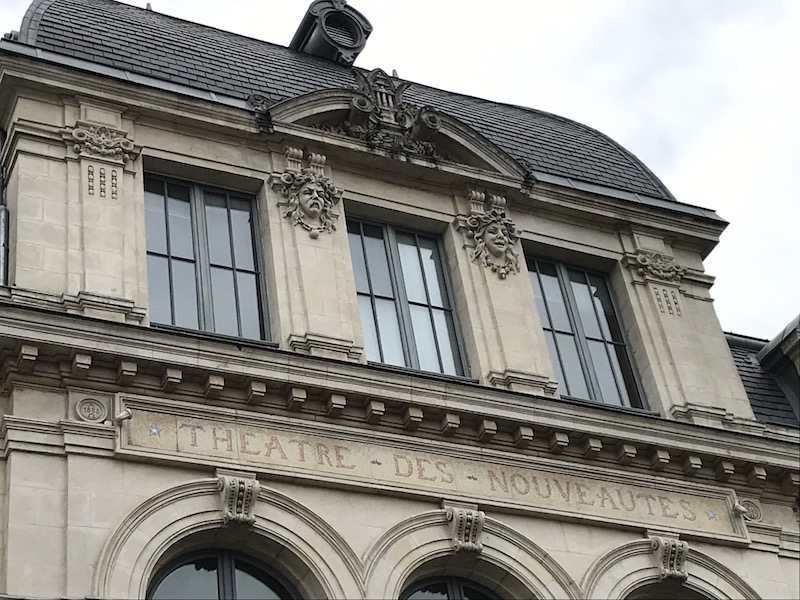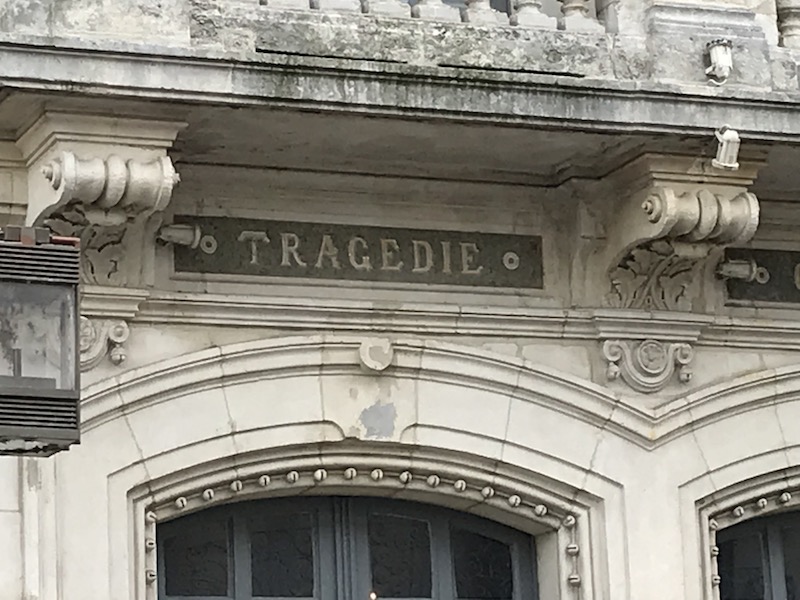Our Blog - Tarbes, France
Tarbes was our stop on the drive to Biarritz. The name Tarbes comes from Turba or Tarba as it was known in Roman times. There is a legend about the origin of the name, going back to Tarbis, the Queen of Ethiopia. Legend says that Tarbis proposed her love to Moses and that he refused. Inconsolable, she decided to leave her throne and hide her disappointment. After wandering around, she arrived here and built her home on the Adour River, founding the town of Tarbes. The city is about 100 miles SW of Toulouse and only 35 minutes from the nearest ski resorts in the Pyrénées. It became an important stop on the trade route for merchants crossing the Pyrénées. Later, it became known for its artillery workshops and military regiments.
A few trivia facts: The 1st Parachute Hussar Regiment and 35th Parachute Artillery Regiment are stationed in Tarbes. Marshal Foch, Commander-in-Chief of the allied armies in World War I, was born in Tarbes in 1851. It is known for Tarbais beans (Haricot Tarbais), which are white beans.
Place de Verdun is Tarbes’s main square, formerly known as Place du Maubourguet. It is supposedly now one of the city’s most vibrant areas, although it was pretty quiet when we were there. It had a nice fountain and was a good starting point.
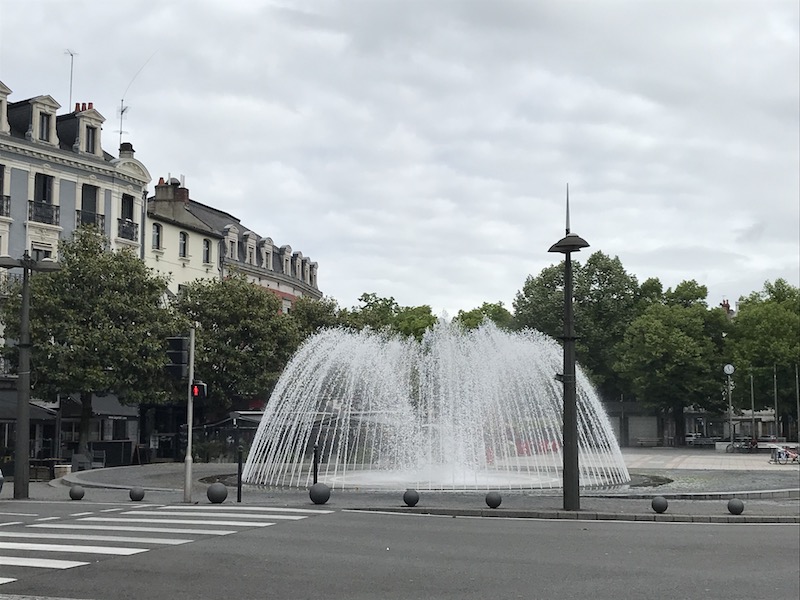
You see the name "Foch" in many places, including hotel names, honoring Marshal Foch. Ferdinand Jean Marie Foch was born in Tarbes in 1851 and was the Supreme Allied Commander during WWI, and successfully coordinated the French, British and American efforts into a coherent whole, deftly handling his strategic reserves. An interesting piece of trivia for all of my Missouri friends ... On 1 November 1921, Foch was in Kansas City, Missouri to take part in the groundbreaking ceremony for the Liberty Memorial that was being constructed there. His childhood home (lived there until age 12) is an example of urban Bigorre architecture and is now a museum. It really is an unassuming house and without the plaques, you wouldn't really think that it was anything special.
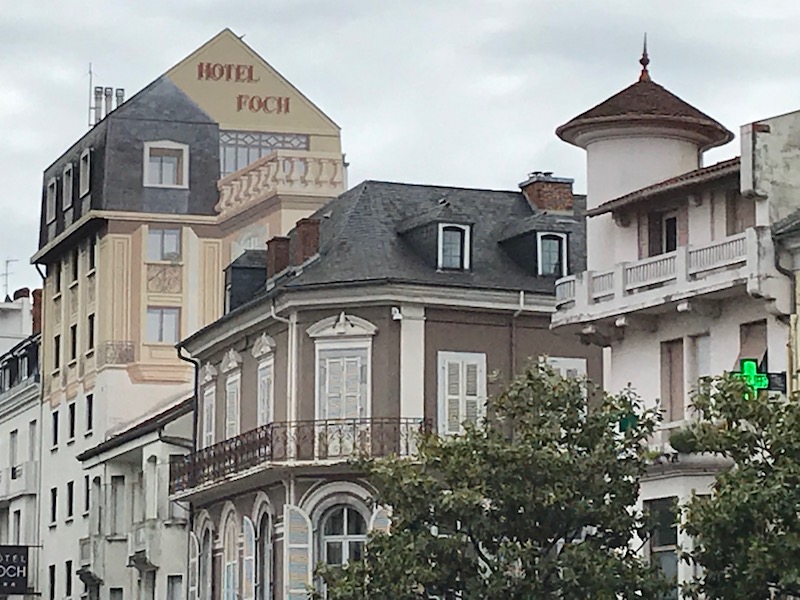

Cours Reffye contains a bust of General Verchère de Reffye. Reffye established an arsenal in Tarbes which contributed to the city’s economic boom.

Theophile Guatier College is a traditional city centre college. It wraps around the block with walls on one side from the 18th and 19th centuries and a brick façade from the turn of the 20th century on another side. Its name pays tribute to the author of "The Voyage of Captain Fracassa", who was born in Tarbes in 1811.
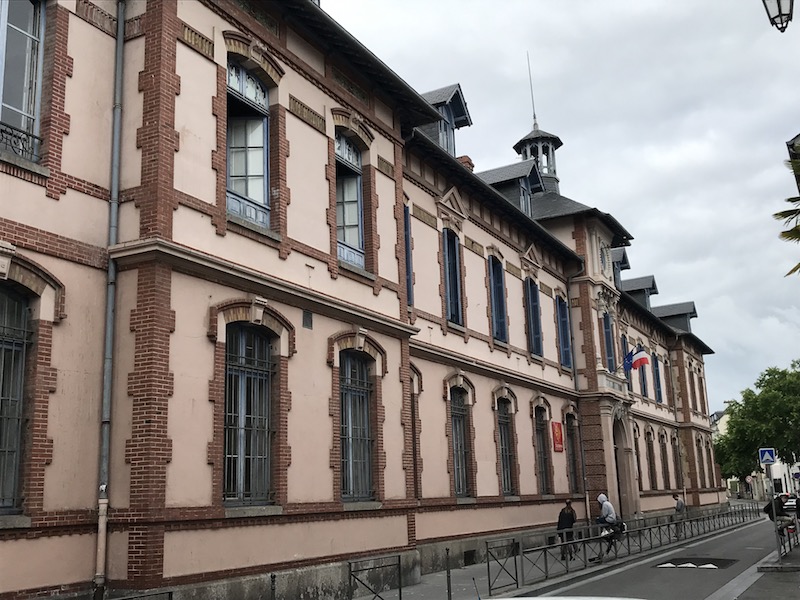
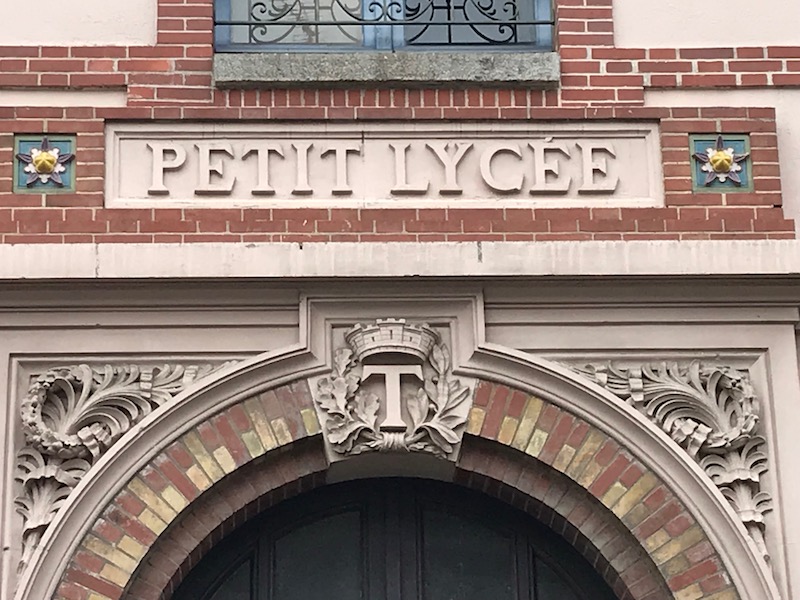
Notre Dame de la Sède Cathedral dates from the 12th century, making it the oldest landmark in Tarbes. Like many churches, it has undergone extensions, repairs, and alterations. The building was originally Roman in style and was revamped in the 17th century. It has kept its name, “La Sède” (from the Latin for bishop’s seat), and the two apses in the choir from the Middle Ages. From the outside, it is a bit interesting in that it looks very chaotic, since it is in different styles.

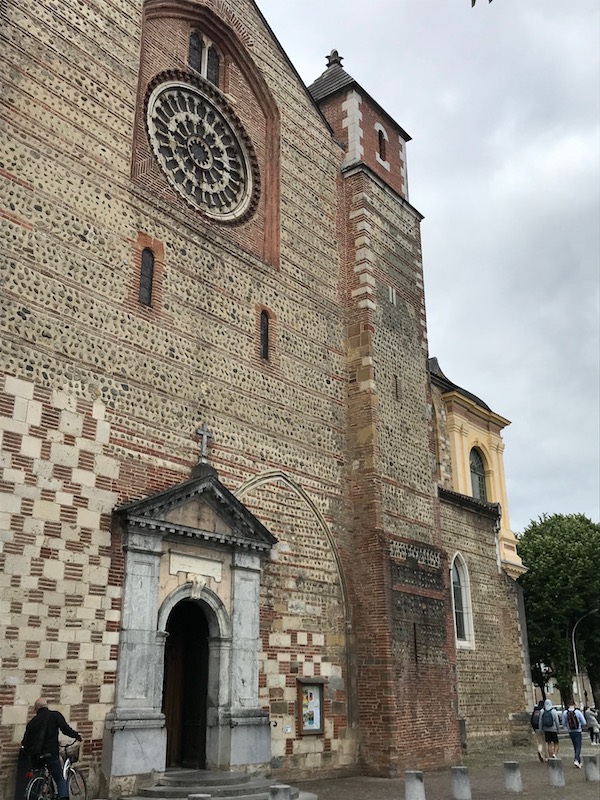
The Gothic nave was added in the 14th century and the baroque marble canopy above the main altar dates to the 18th century. The canopy was done by a Toulousain sculpture and mimics one from Rome.
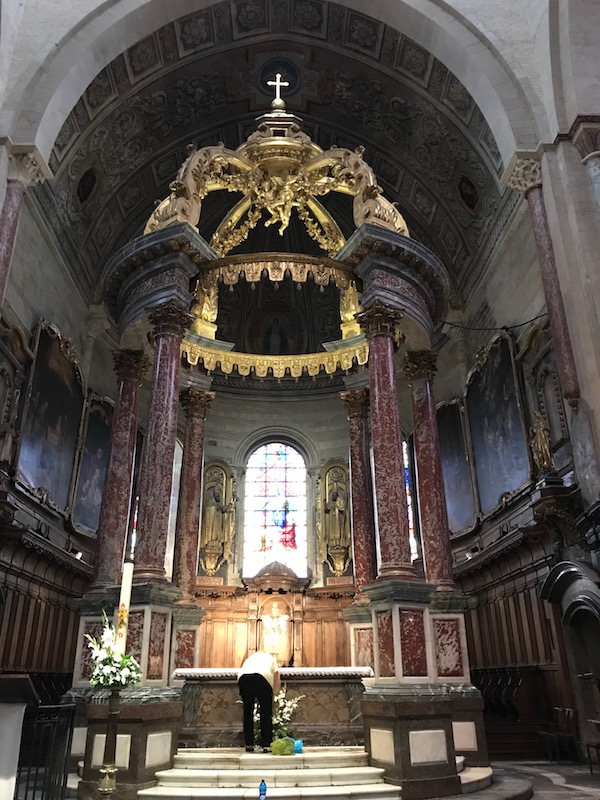
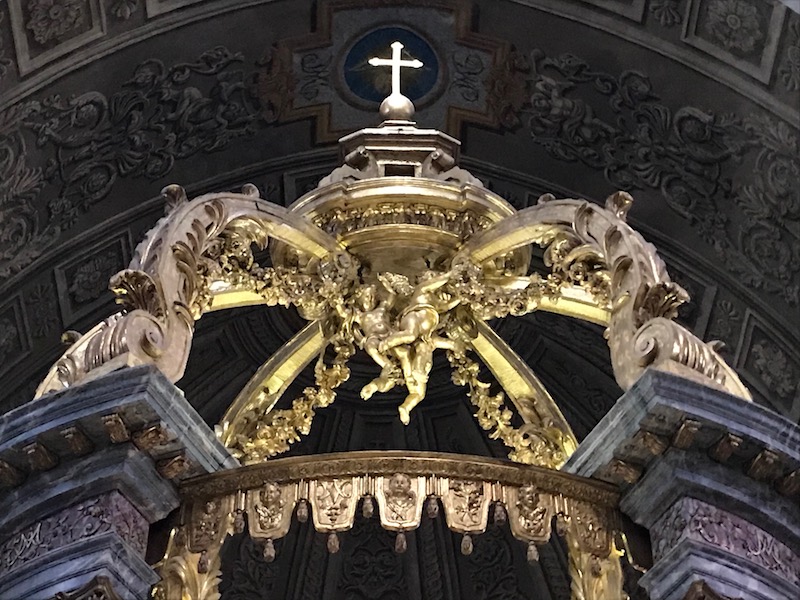
While it isn't known for its stained glass, I thought it had some nice ones.

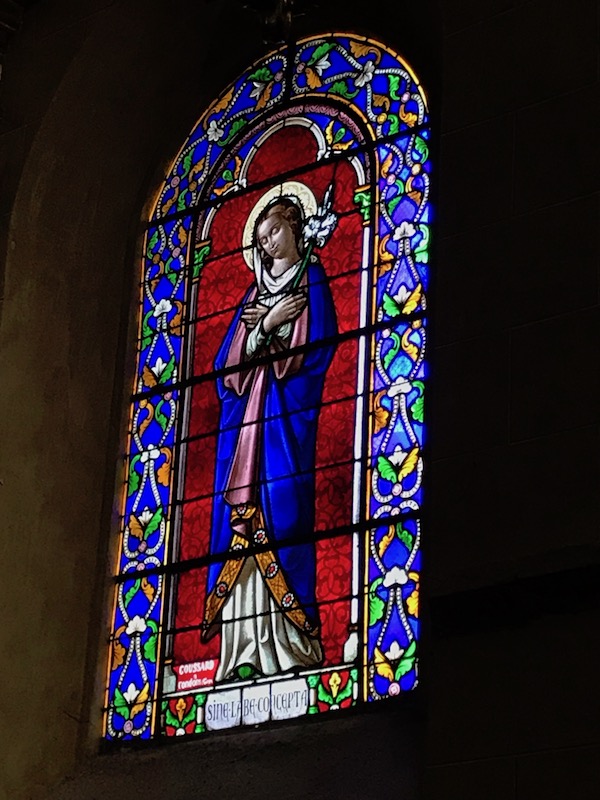
Jardin Massey is an 11 hectare English country garden that was designed by a former Director of the Versailles Gardens, who was born in Tarbes. We did a short walk through it, specifically to see the various peacocks that live there, as well as admiring the Musée Massey (with its Moorish tower) and a 15th-century cloister from the Saint-Sever de Rustan Abbey (it was moved to this location).
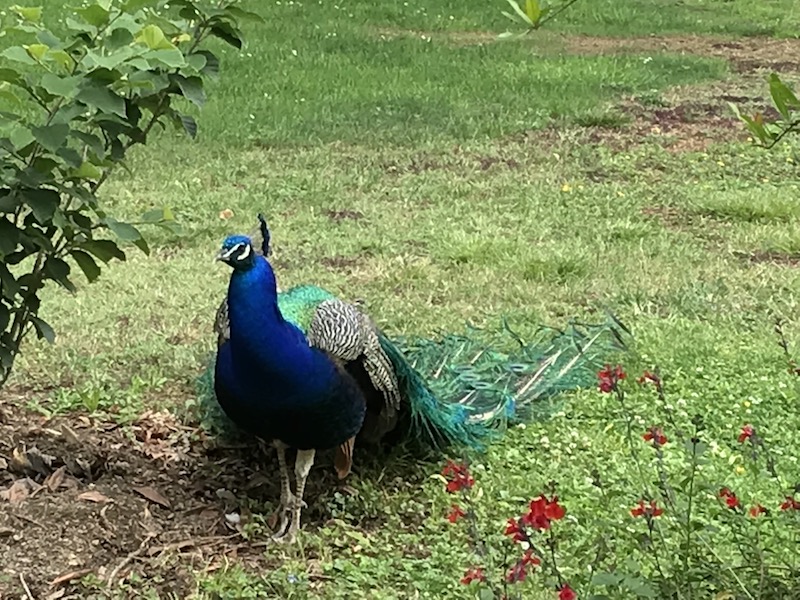


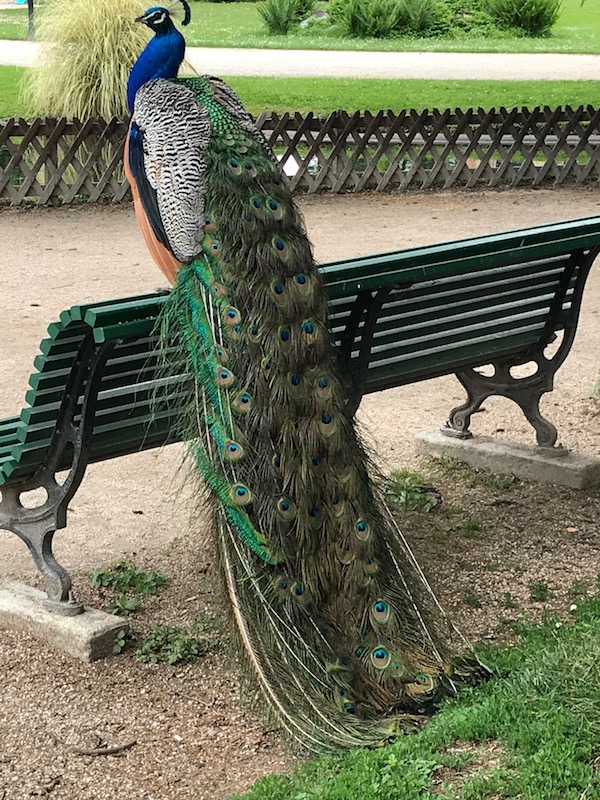
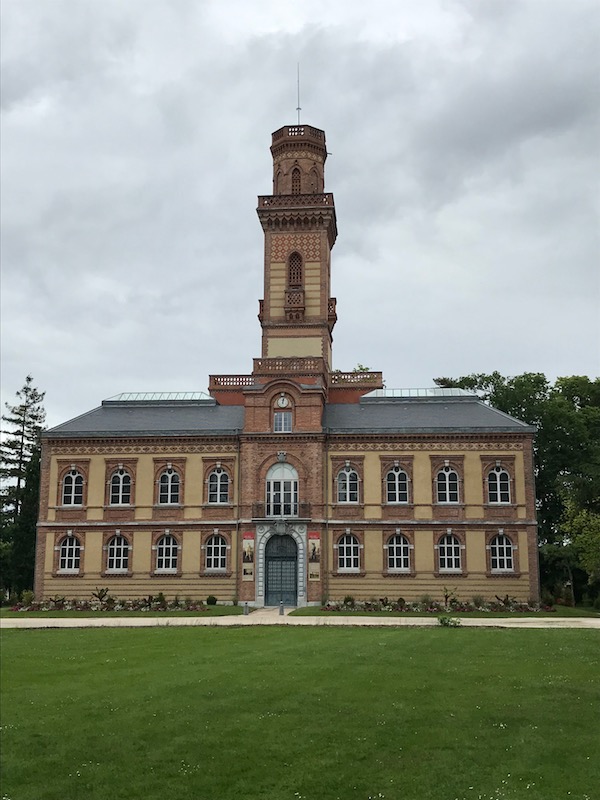

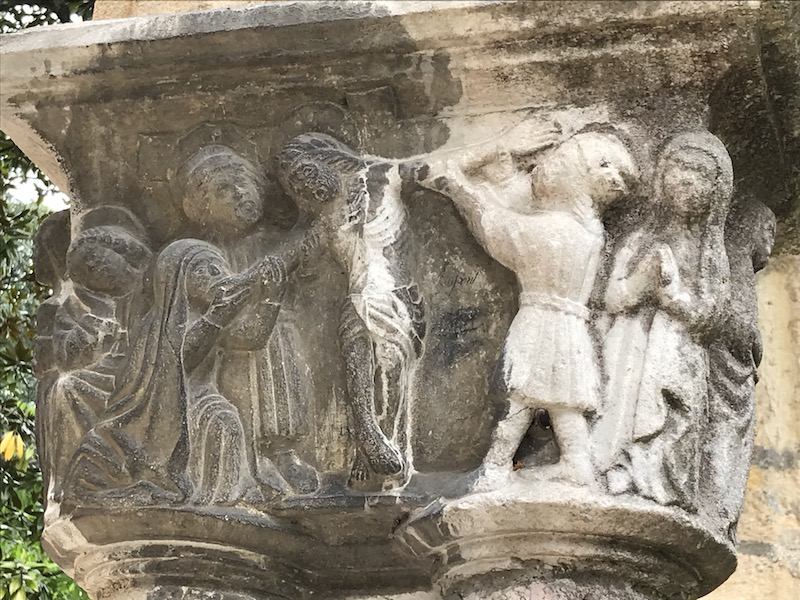
The Gothic-style Saint-Jean Church dates back to the 15th century while the bell tower is from the 17th century.
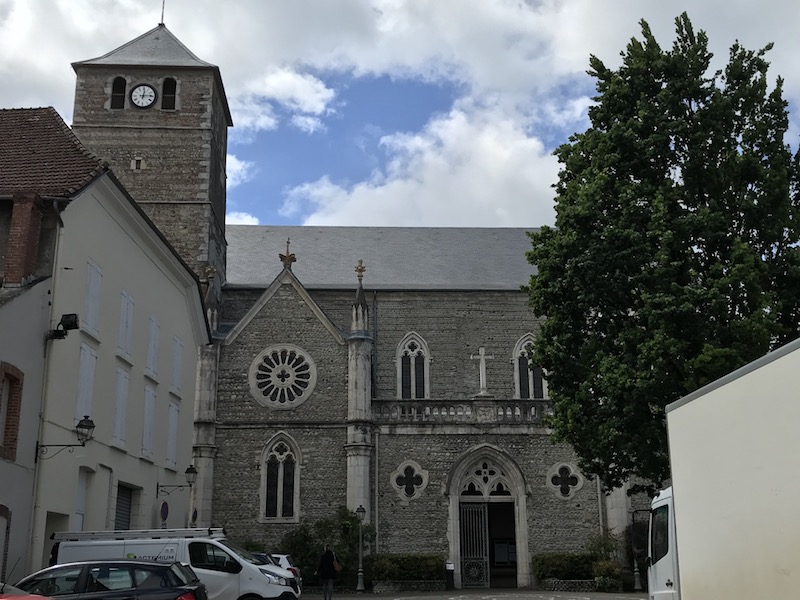
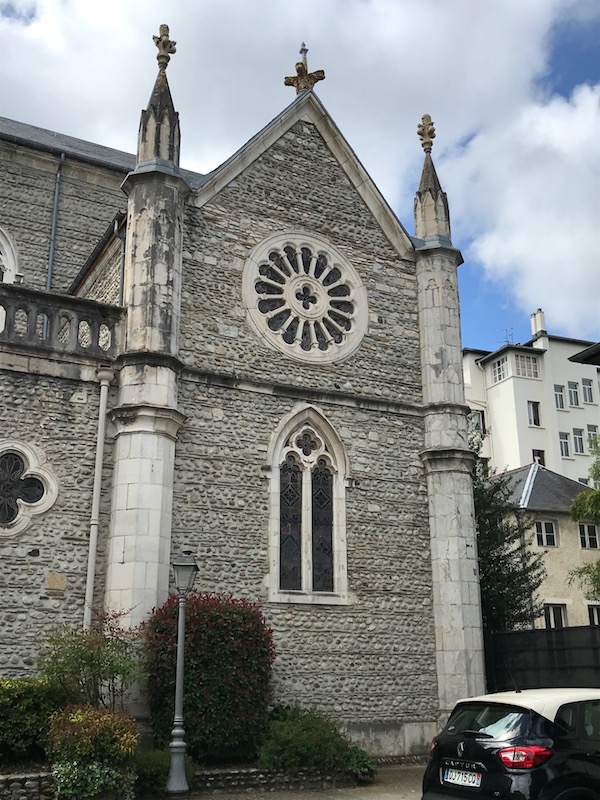
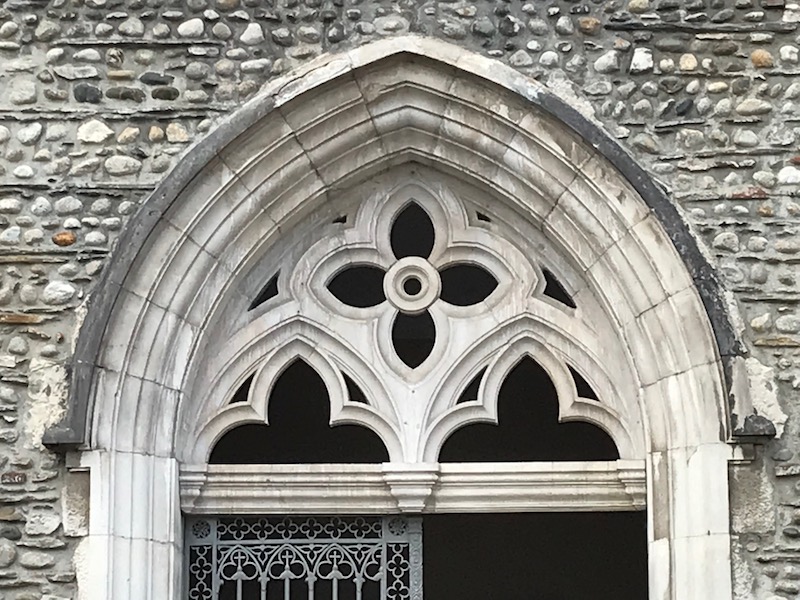
The main interior features date back to the 15th, 18th and 20th centuries, although Tom and I didn't really like the updated ceiling and lights. It had some nice altars in the side chapels as well as stained glass windows.
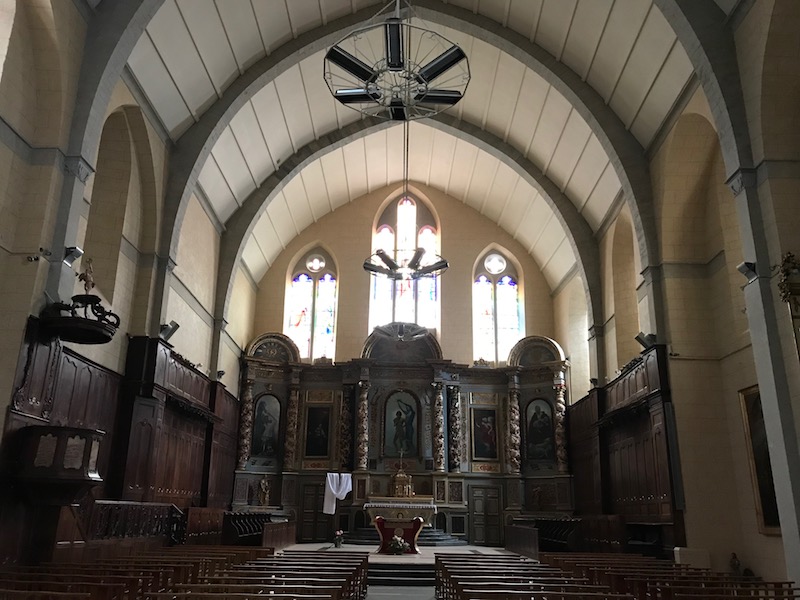
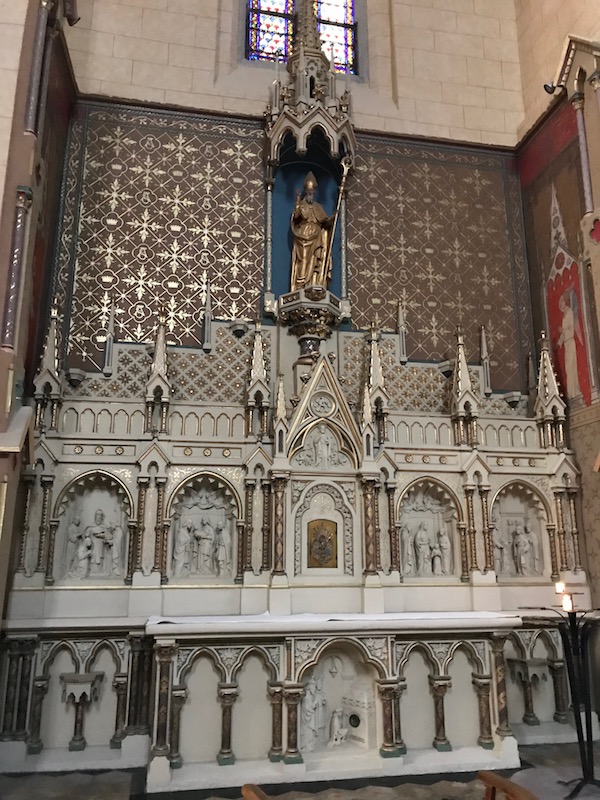
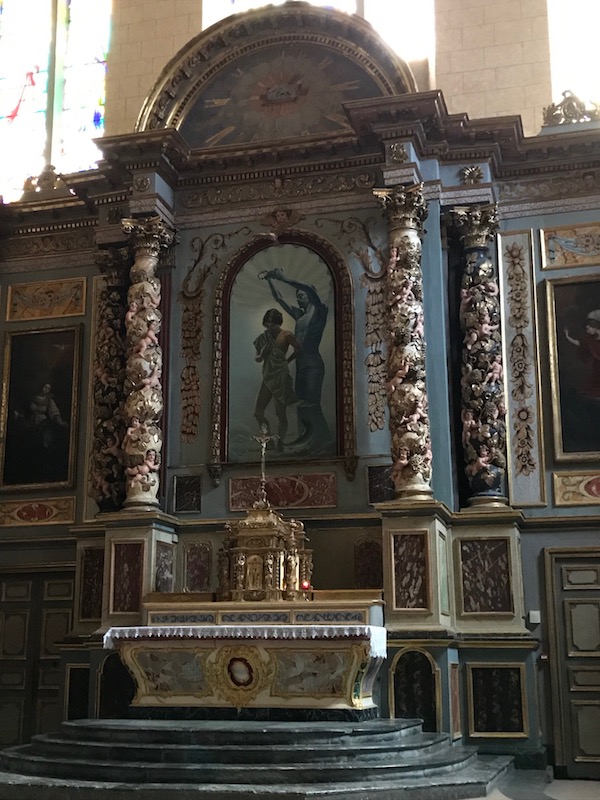
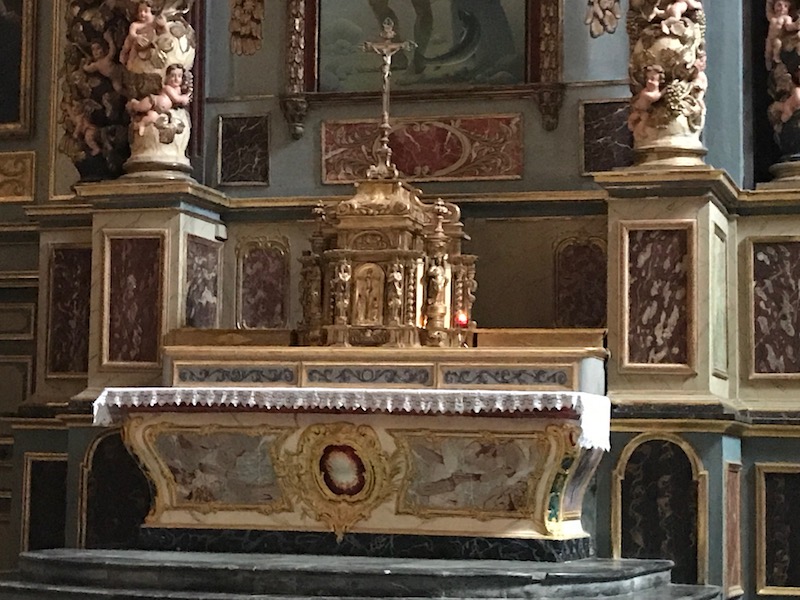



Tarbes’ neo-Renaissance town hall looks quite out-of-place and doesn't resemble any of the buildings around it. It was built between 1904 and 1905 when the previous town hall, called the Hôtel de Castelnau, was demolished.

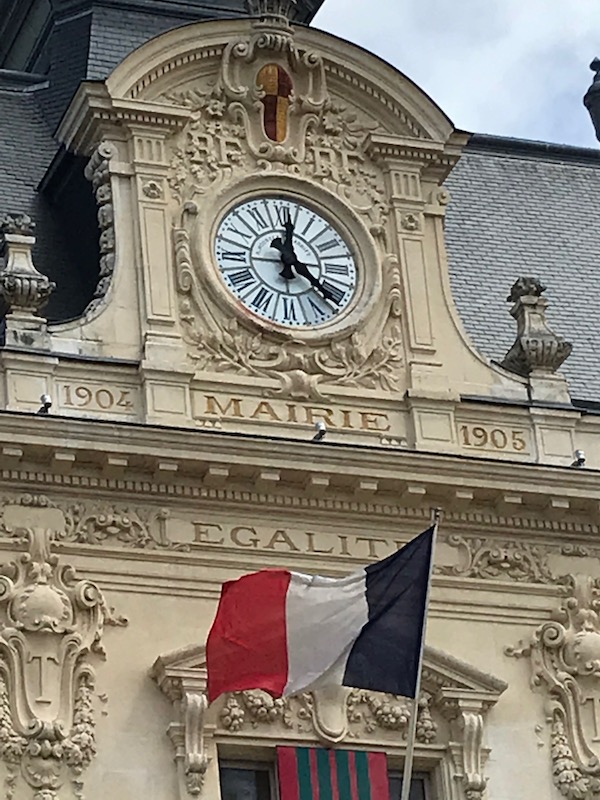

The Saint-Therese Church is another church that has parts from different centuries. While the spire dates back to 1280, the bell tower is from the 15th century and the rest of the church was rebuilt in 1845. Unlike most churches that burned down, this one collapsed when the army wanted to make a new entrance to the building in 1838 . As the were trying to make the entrance, the wall of the church collapsed causing them to basically have to rebuilt it. The frescoes were restored in 2012.
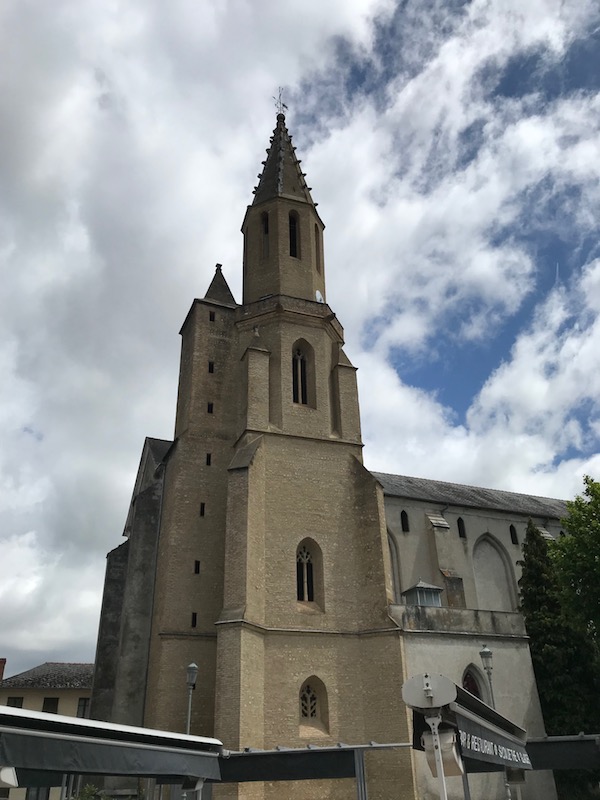
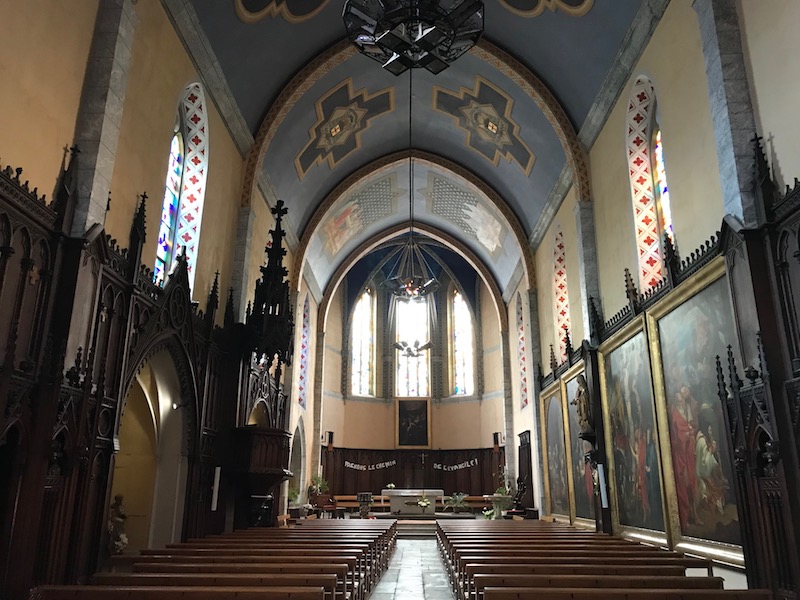
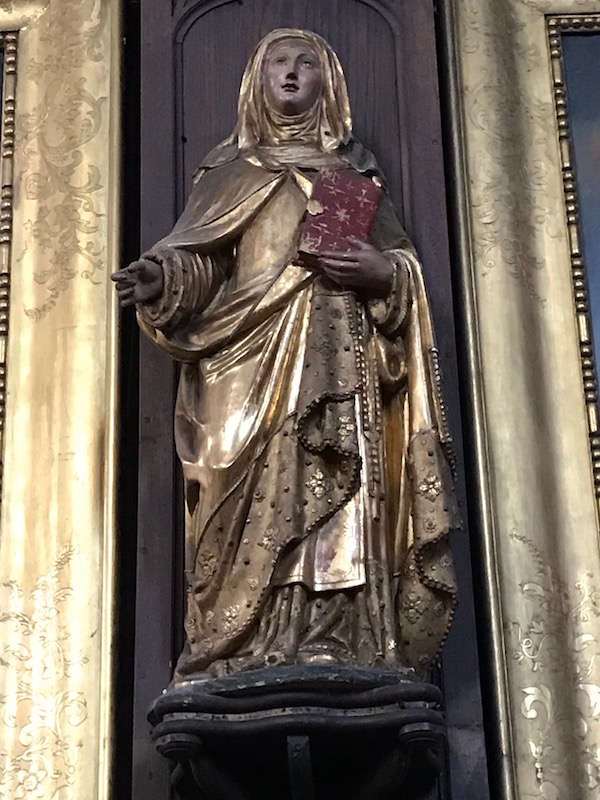
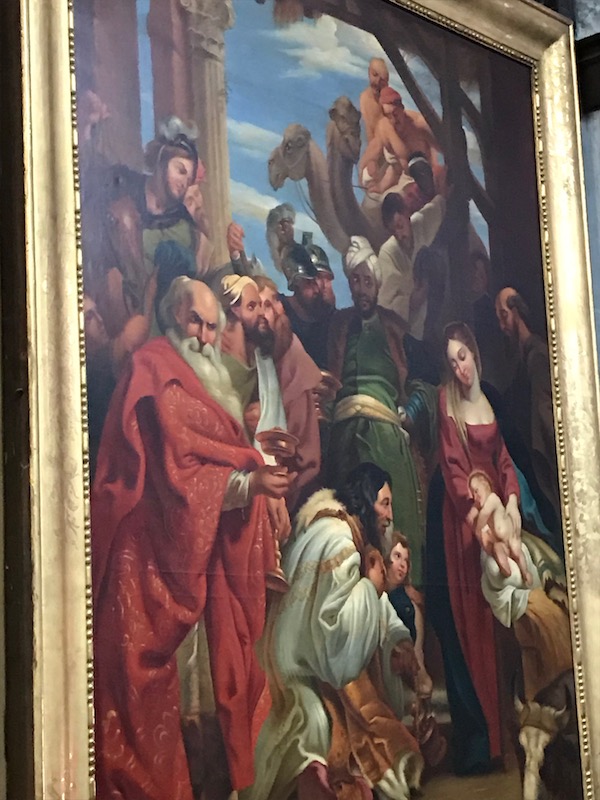
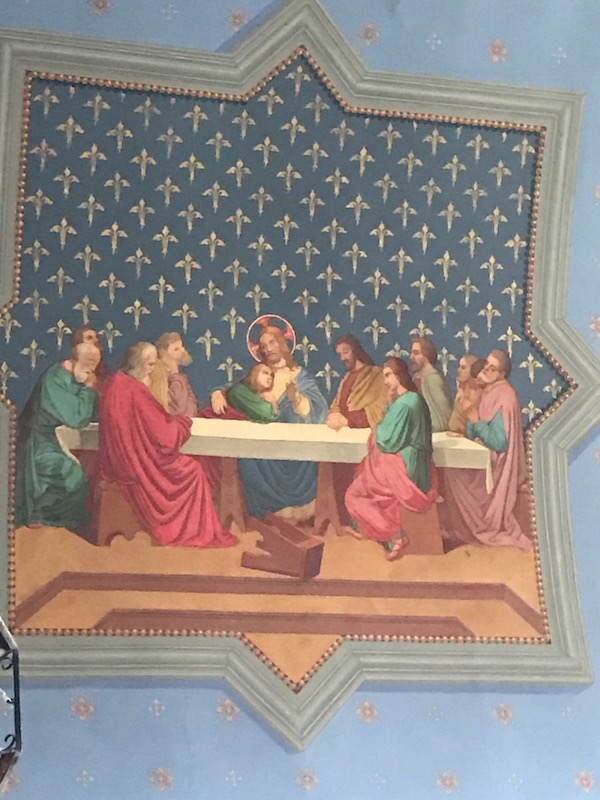
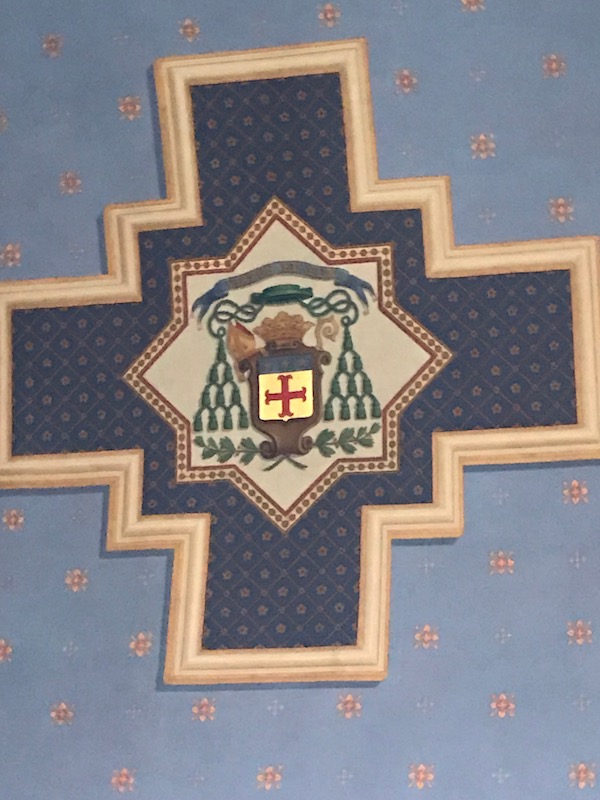
The Fountain of the 4 Valleys was inaugurated in 1897 on the square of the Halle Marcadieu. All of the parts of the fountain depict parts of the local area, water from the various rivers, animals from the mountains, etc. Around the base are 4 additional sculptures showing the plain of Tarbes along with the valleys of Aure, Argelès and Bagnères. Tarbes includes a horse (they do lots of horses around here) and a cannon (for the arsenal).
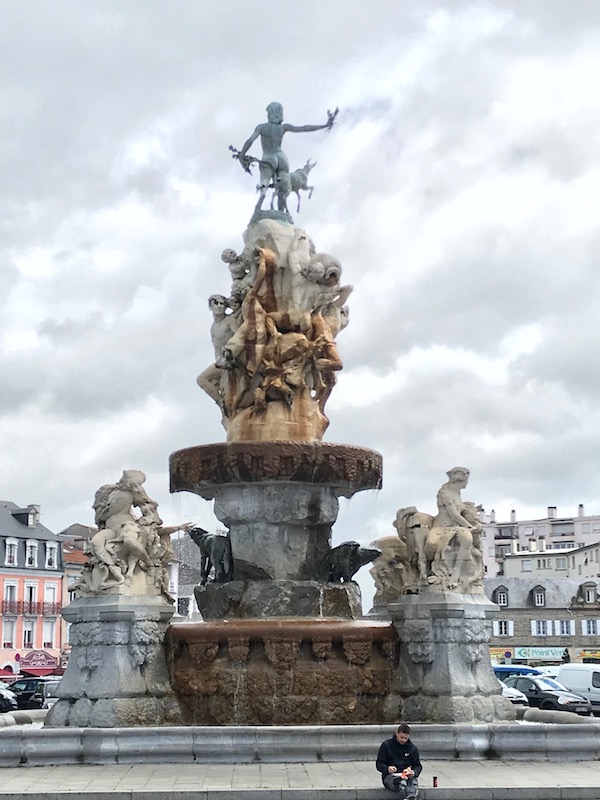

The Italian-style Theatre des Noveautes was built in 1885. It wasn't open when we went by, so we were only able to admire the architecture outside.

